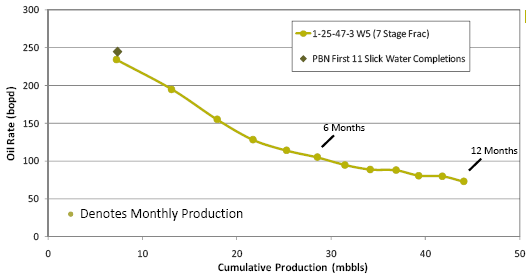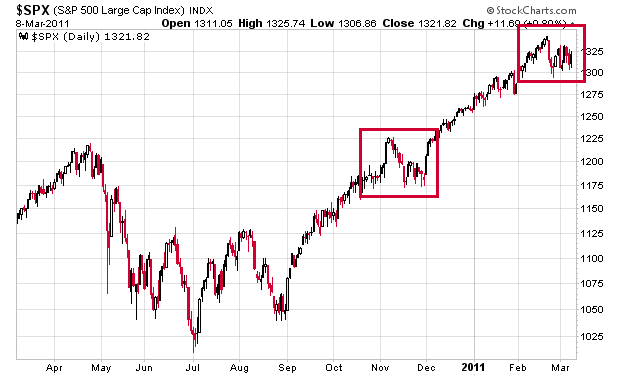The last time I wrote about Holloway Lodging REIT (TSX: HLR.UN) was back in December when there was a corporate governance spat between a significant shareholder and management. That conflict resolved differently than what I had expected, with the significant shareholder being given a minority slate of trustees.
I have been continuing to dump my debentures in Holloway (the 2012 issue, TSX: HLR.DB.A) at around the 65 cent range and got rid of my last piece today at 62, leaving $1,000 in par value of debt just so I can see how this train wreck ends.
Holloway released their 2010 annual results yesterday, and reading it contains two not-so-subtle inclusions on their financial statements and management discussion that warrants further analysis:
The REIT is also subject to financial covenants on its mortgages and loans payable, which are measured on an annual basis and include customary terms and conditions for borrowings of this nature. These include the Debt Service ratio presented above. The REIT is in compliance with, or has obtained waivers for all of its financial covenants except one. One lender has not provided a waiver however, as a result of discussions with this lender, management believes the loans will not be called prior to maturity. The two mortgages with this lender, on hotels in Fort McMurray and Drayton Valley, are included in current liabilities and mature in October 2011 and January 2012.
Notably, the company has $153M of mortgages outstanding which are secured by the property and buildings within those mortgages. If the company does not abide by their debt covenants, in theory, the lender can call the debt unless if the company can cure the breach. If this occurs it would likely result in the company being pushed into creditor protection as their line of credit is not large enough to cover the difference.
The REIT has $25.4 million of mortgages maturing in 2011. The REIT expects to refinance its maturing mortgages at similar or better terms with existing or other lenders.
The REIT also has $20.2 million in convertible debentures that mature on August 1, 2011. The REIT has a signed term sheet to finance the repayment of the debentures. The Board and management continue to explore other alternatives to raise funds to repay the debenture holders which may include other debt financing, the sale of certain properties or some combination, thereof.
HLR has $45 million in debt in 2011 that they must be able to roll over in order to avoid creditor protection. The mortgage debt they should be able to renew at acceptable rates (they did so in 2010 for about 6.6% for a 5-year term). The August 1, 2011 debenture is an interesting issue ($20M) in that it is trading near par (TSX: HLR.DB, 93.5/97 bid/ask presently, albeit very illiquid) which suggests the company can refinance that, but the June 30, 2012 debenture (a $45M issue) is down to 62/63. This suggests the market is betting on the company being able to rollover the 2011 debt but not the 2012 debt. Both debentures are equal in seniority to each other.
It would be a logical and low-risk paired trade to short the 2011 debenture and long the 2012 debenture, but I could not short the 2011 debenture.
The business is not generating a sufficient amount of cash and this is in large part due to the interest bite that comes out of operating income. In 2010, the business pulled in about $19.3M in operating income, but the interest expense was $15.8M. This does not leave much room for other incidental expenses, such as general and administration, and future capital expenditures. Capital expenditures in 2010 I am presuming were of a maintenance-type nature, totaling $3.6 million.
There is nothing to suggest that they will be able to improve their revenue per room or capacity utilization rates over the next couple years.
There is probably residual value left in the operations, but I don’t want to be around to find out what low-ball offer management will be offering to the convertible debenture holders when maturity comes around. I’ve exited the 2012 debentures, short of $1k par value. My basis was about 44 cents on the dollar, so this is a nice gain for nearly 2 years of holding, but as I pointed out earlier, one of my largest mistakes during the 2008/2009 economic crisis was putting money in the debentures of this company compared to Innvest (TSX: INN.DB.B) at the same time period.


